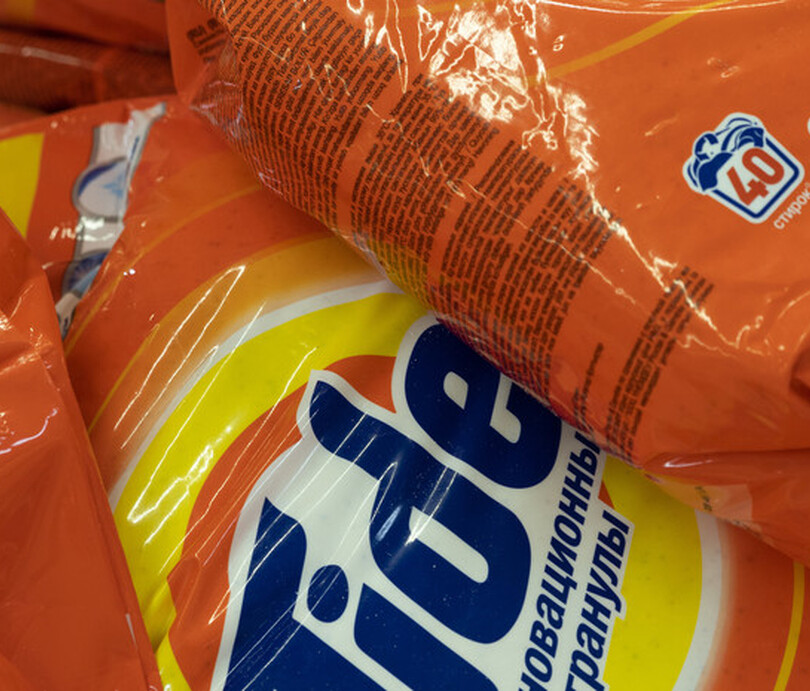
Like a wolf in sheep’s clothing, the Chinese-manufactured version of Tide—that ubiquitous orange-and-blue jug haunting laundry rooms worldwide—has been unmasked as unfit for washing children’s clothes. Russia’s consumer watchdog, wielding test tubes like a scorned chemist, dropped this bombshell after discovering the powder flunks safety standards for juvenile textiles.
The verdict? This detergent isn’t just rough on grass stains—it’s a conjunctiva-corroding menace. Regulatory documents reveal it violates sanitary norms for kids' apparel, specifically the "eye irritation" threshold. Imagine a toddler’s onesie marinated in what amounts to chemical pepper spray—hardly the "gentle care" advertised on the label.
While Tide stumbled, the watchdog’s broader investigation of 20 detergents yielded some relief: most competitors passed muster. The findings read like a laundry list of contrasts:
Yet the revelation raises darker questions: how many parents, trusting the brand’s global reputation, have already swaddled their infants in these chemically questionable fabrics? The disconnect between marketing and reality hangs in the air like static cling.
This isn’t just about laundry—it’s a parable of globalization’s pitfalls. A Western brand, manufactured in the East, failing local standards while sailing under familiar colors. Parents scanning store shelves now face a Sisyphean task: decoding origin labels like hieroglyphics while corporations play jurisdictional hopscotch with safety regulations.


















